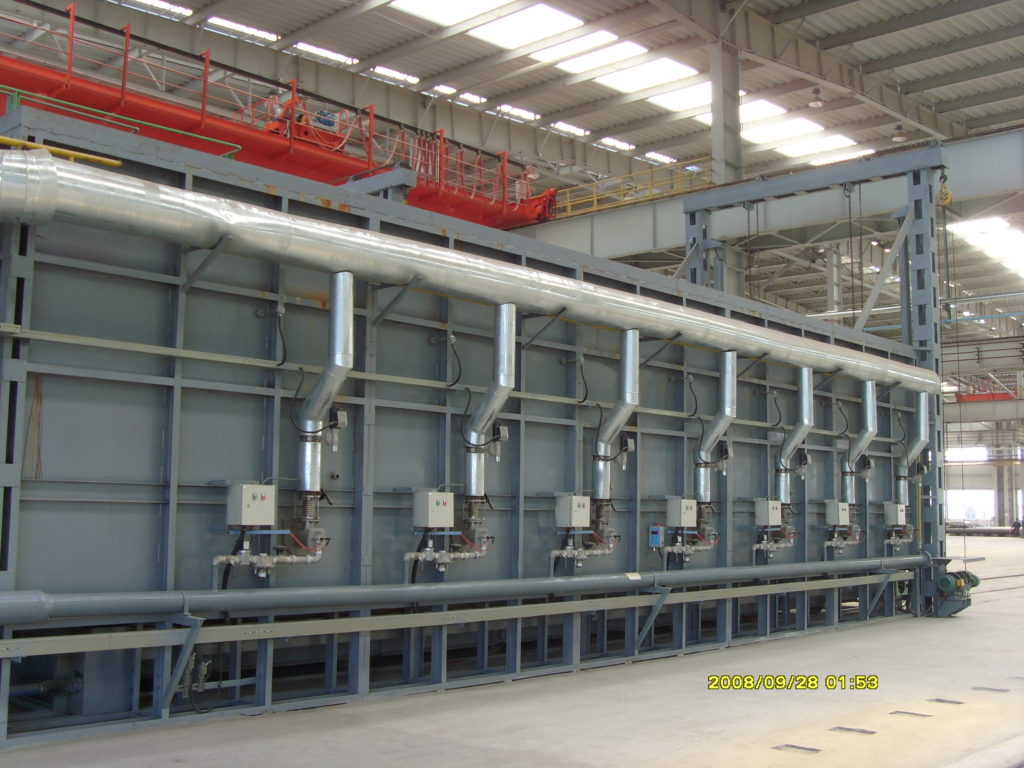YINUO resistance furnace is hot in the market nowadays. YINUO is a professional manufacturer of resistance furnaces, which are widely used in welding, glass melting, ceramic roasting, and the metallurgy industry. A lot of people are asking what is the resistance furnace used for? If you’re interested in this kind of furnace, too, you can read the following article and learn more about this equipment.
The Resistance Furnace: What Is It And How Do You Use It?
A resistance furnace is a furnace that uses magnetic heating elements to heat up a material. It’s a great way to heat up metals, glass, and other materials. Here’s how the resistance furnace works:
The resistance furnace uses high-frequency electromagnetic induction to heat up a material. The electromagnetic field creates currents in the material by moving electrons through it. These currents generate heat and cause the material to expand and contract as it heats up and cools down. The resistance furnace varies this process based on the type of metal being heated, resulting in different types of alloys or products.
What is the resistance furnace used for? Resistance furnaces are mostly used for melting and casting metals, but they can also be used for heating glass and ceramics (although another type of furnace is usually better suited for these applications).

How Do We Classify Resistance Furnaces?
A resistance furnace is a piece of equipment that heats up and melts materials using electricity, gas, or oil. The energy source heats up the material to very high temperatures. In some cases, the material is melted in a crucible and then poured into another mold where the material cools down and solidifies.
There are three main ways that we classify resistance furnaces:
Electric Resistance Furnace – Uses electric current to heat up the materials being melted in a crucible. This type of furnace is also referred to as an electric induction furnace because it uses magnetic induction to produce heat from an electric current flowing through coils placed around the crucible.
Gas-Fired Resistance Furnace – Uses gas burners to generate heat inside a steel chamber that contains refractory bricks for insulation purposes. The flames from the burners ignite gases produced by burning fuel such as natural gas or propane.
Oil-Fired Resistance Furnace – Uses oil burners to generate heat inside a steel chamber that contains refractory bricks for insulation purposes. The flames from the burners ignite gases produced by burning fuel such as natural gas or propane.
The Resistance Furnace – Uses And Benefits
The Resistance Furnace is a new and revolutionary technology that uses the body’s own resistance as a source of energy. This technology has been used in many medical applications, but it was only recently discovered that it can be used to heat water.
What is the resistance furnace used for? The Resistance Furnace uses the same principle as an electric heater or a space heater: It converts electrical energy into thermal energy. However, unlike those devices, the Resistance Furnace does not use electricity at all! Instead, it uses your body’s own resistance to generate heat.
Here are some of the benefits of using a Resistance Furnace:
Energy efficient – It costs less than $0.05 per day to operate a Resistance Furnace!
Portable – You can take your Resistance Furnace anywhere you want!
Clean burning – The resistance furnace produces no harmful emissions or pollutants when it is being used as intended.
What Are The Advantages Of The High-Temperature Vacuum Resistance Furnace?
High-temperature vacuum resistance furnace is a key piece of equipment in the industrial field, widely used in the fields of metallurgy, ceramics, chemistry, and other industries.
The main advantage of this furnace is its ability to withstand very high temperatures without affecting its structure or strength. It is also easy to install, repair and maintain. In addition, it can be used in different industries such as glassmaking, chemical industry, metallurgy, and more.
The advantages of a high-temperature vacuum resistance furnace:
- The use of high-quality sealing materials and parts design, so that the furnace can be used for many years.
2. The heating system uses an electrical resistance heating method, which has high thermal efficiency and low energy consumption.
3. With an intelligent temperature controller, it can achieve automatic control functions of temperature and time under various operating conditions and parameters that are stable, and very convenient to use in different industries.
What Is A Resistance Furnace And Why You Should Own One
A resistance furnace is a type of electric heating element used in applications where normal electrical cords are not practical. They are used in applications such as fireplaces, stoves, saunas, kilns, furnaces, and many other industrial heating applications.
Resistance furnaces are typically constructed from nickel chromium steel alloy that has been twisted into a spiral shape and then wound into a coil around the outside of the furnace chamber. The spiral shape allows for more surface area to be heated by the element which results in faster heating times and lower energy consumption than traditional elements made from solid bars of metal.
Resistance furnaces come in all shapes and sizes but most are designed to fit into standard fireplace openings so they can be easily installed without major modifications to existing structures. They only require electricity to power them so there are no additional gas lines or fuel tanks needed for operation.
Concluding Remarks
Resistance Furnace is also called an induction furnace. It is widely used in smelting, refining, heat treatment, and production of ferrous and nonferrous alloys. As is known to all, YINUO is a professional manufacturer of resistance furnaces. Many clients from different countries have purchased our Resistance Furnace.












